Online sales of our wines are temporarily suspended until September 15, 2022
Tuscany has always been the land of highly valuable wines and contains a great wealth of biodiversity. It is the ideal place for cultivating traditional grapes.
The Fabbriche Palma estate extends across the hills of Arezzo’s Valdichiana over an area of 50 hectares: this includes about 11 hectares of Sangiovese and Colorino, Viognier, Traminer and Trebbiano, and the international varieties of Syrah and Merlot.
The production of our fine wines follows an authentic tradition: by taking advantage of exposure, calcareous soil, and a favorable microclimate, the care of our vines is rigorous and careful.
Our wines reflect the territory in which they are born, encapsulating the scents and beauty of Tuscany.
The ten hectares of the estate’s vineyards are located at an elevation of about 300 meters in sunny rows facing south-southwest, and planted on medium-textured limestone soil with the presence of stone.
The wine which we obtain here can fully express its power: the composition of the terroir lends itself magnificently to the production of white and red wines with excellent structure and elegance.

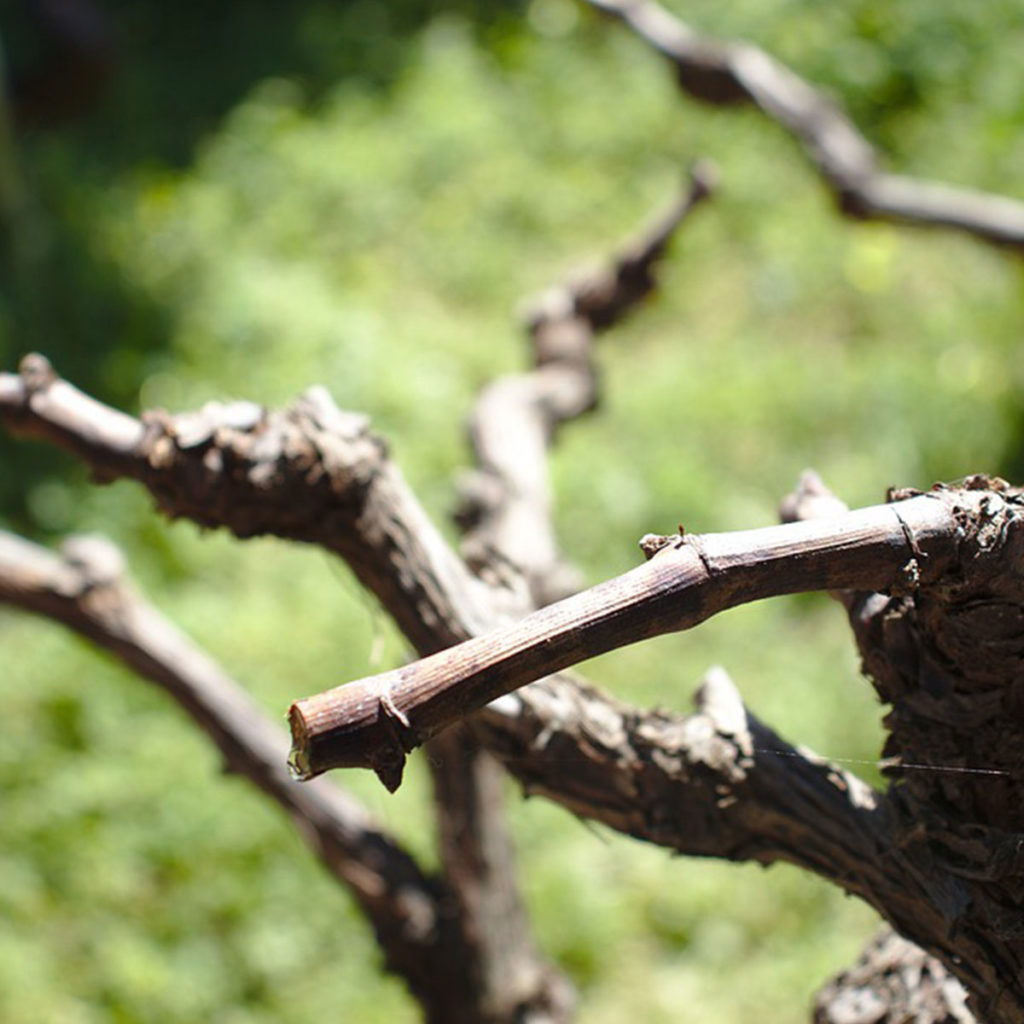






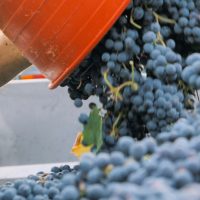
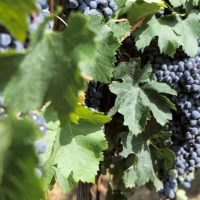
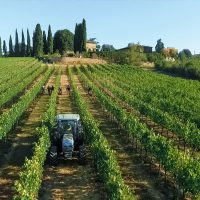
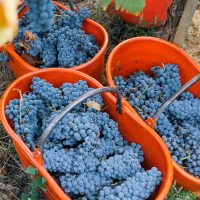

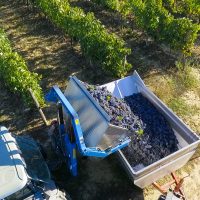
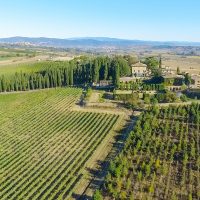
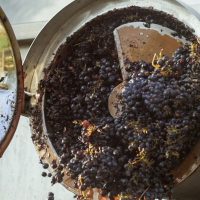
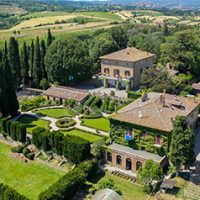
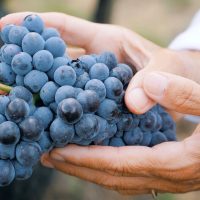
Photo and Video
Manuel Caparco
© Copyright 2021 Agricola Fabbriche Palma
You can now finilize your order!